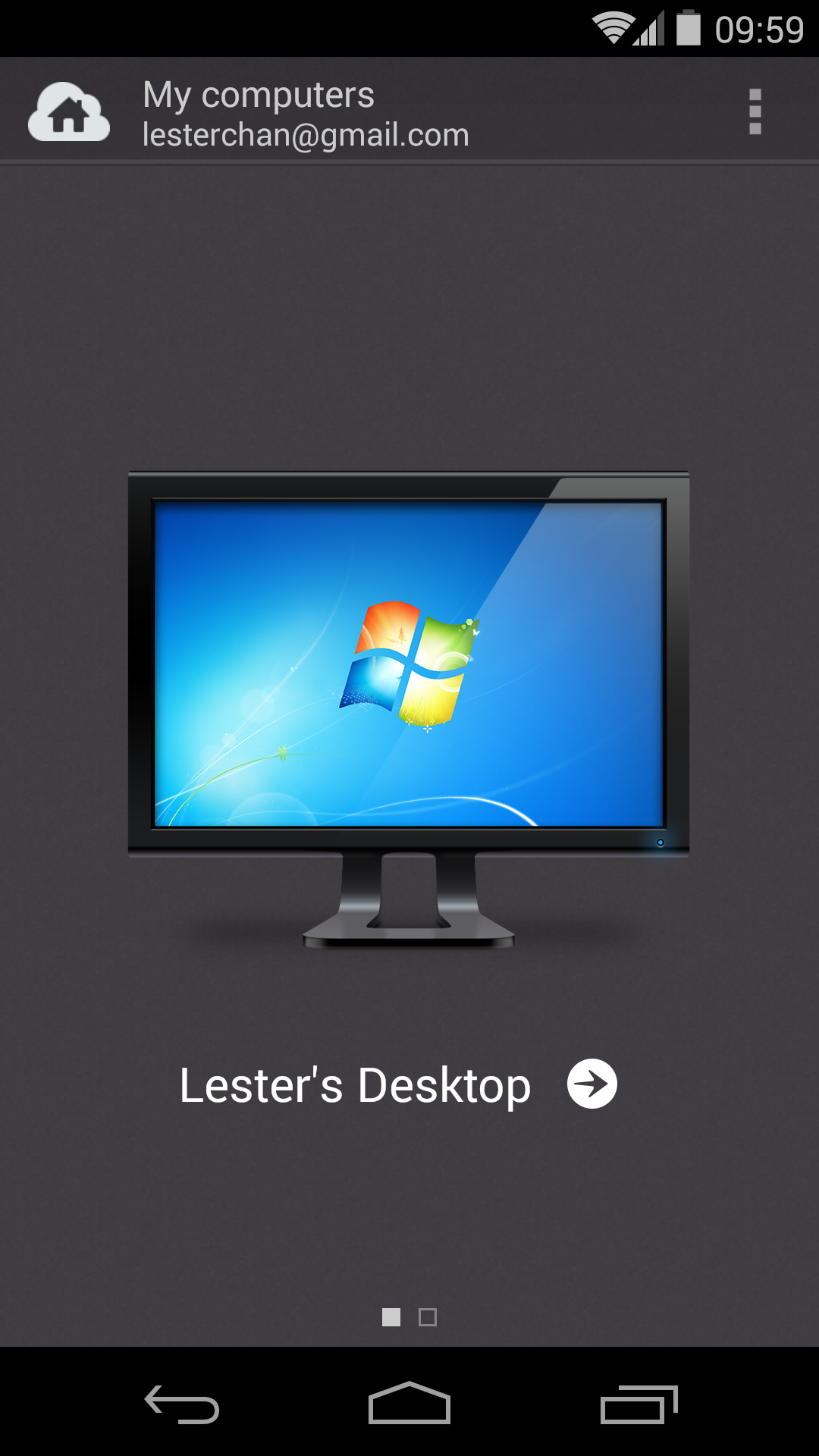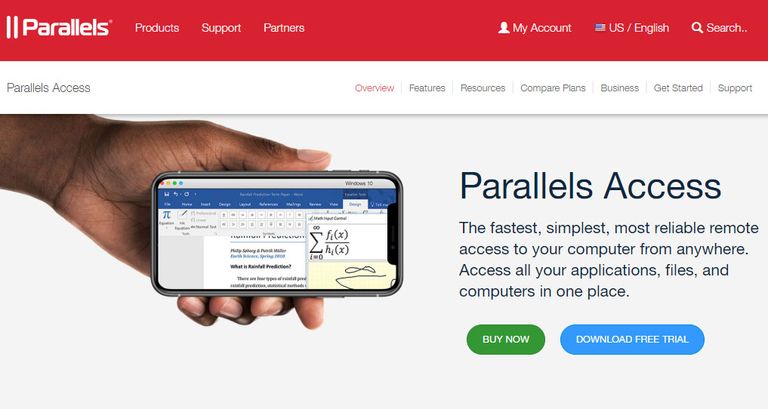

- Ruby on rails parallels access localhost how to#
- Ruby on rails parallels access localhost code#
- Ruby on rails parallels access localhost download#
Ruby on rails parallels access localhost code#
Include the code below to print some of the homepage. Create a home.js file inside app/javascript/packs: $ touch app/javascript/packs/home.js The next step is setting up the JavaScript. # app/views/layout/Īnd to finish the connection with styles, we need to require the loading of SCSS in the JavaScript. We also need to include application.css in our layout template. $ touch app/javascript/src/application.scss Next, add some styles: # app/assets/stylesheets/home.scss Now, move the home.scss file to the app/javascript/src directory: $ mv app/assets/stylesheets/home.scss app/javascript/src/ $ rails generate controller home indexĬreate the folders to store the CSS inside the app/javascript directory: $ mkdir app/javascript/src Let’s create a new controller (called Home) and generate the view (called index) for our project. There is one file for each environment that could be edited to include the code used when Webpack starts. Lastly, we have a webpack folder inside the config directory. And we also have the configuration of the dev-server.

In the webpacker.yml file, we have the extension key that set up the extension files linked, and here we can define the CSS preprocessors used (SASS/SCSS). Here we can see the source_path key that set up app/javascript as the default folder of the Webpacker files. Inside the config directory, we can see the webpacker.yml file that contains the parameters of the Webpacker configuration used in this application. Source: can also check inside the layout application that links to the JavaScript and CSS that are already set up. The recommendation is that we follow the structure shown in the image below. Inside this folder, we will add our assets that will be managed by Webpacker. The difference here is that we have a new folder called javascript inside the app directory. We can verify that inside the directory, app/assets has a new folder called config, and inside that we have a manifest.js file that links the folders stored in the app/assets directory. The Ruby on Rails project is now completely functional with Webpacker. Now, running the following installs Webpacker in your application.
Ruby on rails parallels access localhost download#
In your Gemfile, add the Webpacker gem and then run bundle to download Webpacker into your project. (Please note that this only works with Rails 5+.) $ rails new webapp -webpack The next step is to create a Ruby on Rails project with –webpack param. If you use npm, run the first command line below if not, run the second command line. With it, it is simple to use any npm package distributed by the community. Yarn is a package manager for JavaScript code. Creating and configuring your Ruby on Rails project
Ruby on rails parallels access localhost how to#
This article will show how to configure Webpacker 3.0 in a Ruby on Rails 5 project running on a Mac OS machine. And now, with Webpacker 3.0, you can configure and use it as an npm package manager as well. Webpacker is a tool that helps you manage JavaScript, CSS, and assets for Ruby on Rails applications.


 0 kommentar(er)
0 kommentar(er)
